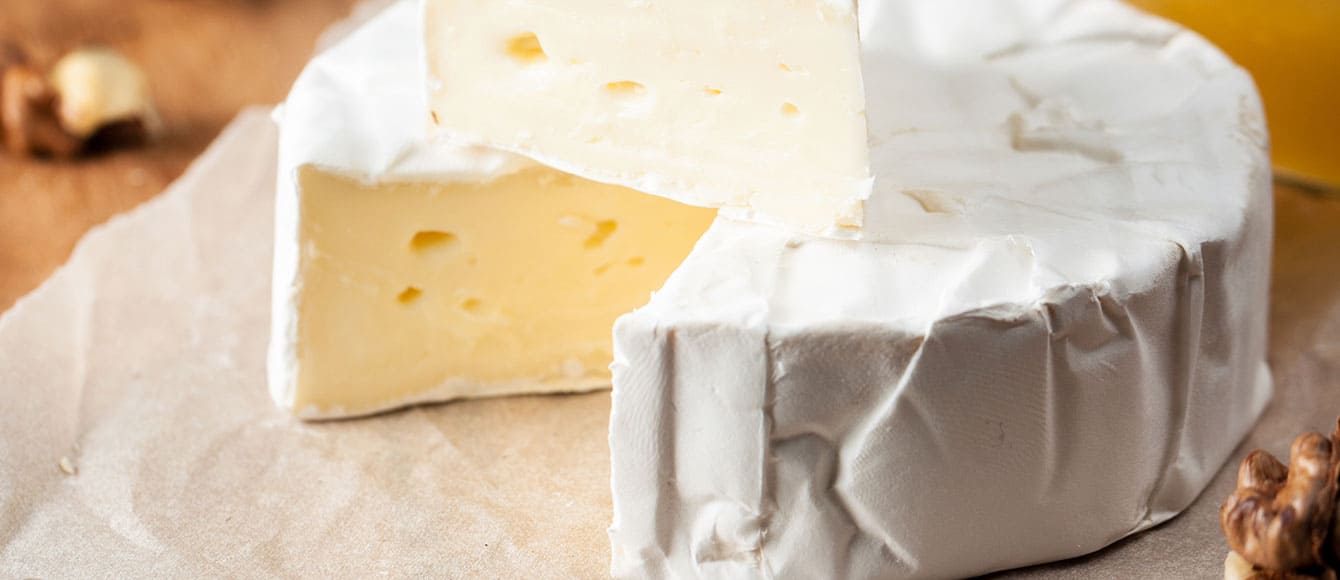I often get asked, “What’s the best way to store my cheese?” Well, the answer depends on the kind of cheese.
The first thing to know is that natural cheese is a living thing that needs to breathe. It has enzymes and bacteria that need air and moisture to survive, and if we control the environment correctly, we can make the most of our favorite cheeses.
Packaging
Since you probably bought your cheese wrapped in plastic at a store, you should always remove it and re-wrap it, so the cheese remains moist and does not dry out or turn moldy.
If you have a hard cheese like cheddar, Swiss or Parmesan, you should wrap it in cheese paper. No cheese paper? No worries! Parchment or wax paper will work too. After it’s wrapped, place it in a Ziploc bag, which allows the cheese some air to breathe. Remember to date and label your cheese as well.
IIf you have a softer cheese like brie, Camembert or a blue cheese, you should store it in a clean, airtight container after wrapping.
Storage
All cheeses should be stored in the vegetable drawer, where the temperature is cold and stable (35 to 40 degrees). Cheese absorbs other flavors so be careful what you store it with.
It’s generally best not to freeze cheeses, because it often changes their texture and flavor profile. If you already have some cheese hiding in the back of your freezer, don’t panic! Simply allow the frozen cheese to thaw slowly in the refrigerator and use it in your cooking.
If your harder cheeses start to grow mold, cut off about ½ to 1 inch below the mold line and continue to enjoy the cheese! If your softer cheeses develop mold or are past their expiration date, they should be thrown away.
Enjoy
Get one of your 3 daily servings of dairy by enjoying your favorite cheese with a sweet treat like grapes or apples, or pair with a glass of wine! Looking for a great recipe instead? We have recipes every cheese lover needs! Not sure which type of cheese is righMost hard and semi-hard cheeses are best enjoyed around room temperature (67-70°F degrees) so it’s a good idea to take cheese out of the refrigerator around 30 minutes before serving – but don’t leave cheese unrefrigerated for more than 2 hours.
Did you know the removal of lactose (naturally occurring carbohydrate) occurs naturally during the cheesemaking process in cheeses such as Cheddar, Colby, Monterey jack, mozzarella and Swiss? These cheeses can be a good choice for those with lactose intolerance.
You can get one of your daily servings of dairy with your favorite cheese by building an elevated cheese board, making a personalized jarcuterie or use this pairing guide for some great snack suggestions. Not sure which type of cheese is right for you? Find out here!



Comments